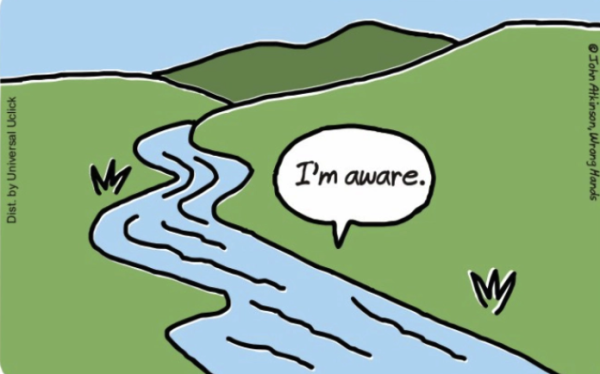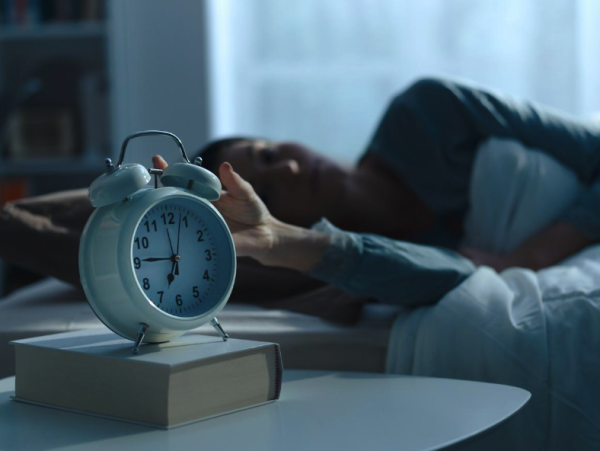Wrapping up the concerts of this year
The recent release of this year’s Spotify Wrapped has pushed numerous conversations among students regarding their favorite artists and recorded music. As I have gone over my year of music and my top artists of 2022, with both Frank Ocean and SZA in my top five, I’ve further reflected on the concerts held this year. These shows have brought chart-topping musicians such as the Weekend and Steve Lacy to Atlanta, both performers with new albums that sounded even better live.
With this, reviewing the experiences and energy these concerts brought has allowed me to recognize the vast variances between the experiences of recorded music and live performances, and just how irreplaceable concerts are, as the live portrayal of art cannot be fully captured by a recording.
“I prefer live music,” said sophomore Julia Gibney, who went to Kendrick Lamar’s show in July. “The energy of the crowd was good and I got to see the visual performance along with the music. It was also cool to see Kendrick.”
In Gibney’s view, live performances differentiate themselves from recorded music. “It’s [concerts] much more personal, it allows you to be more immersed in the moment while seeing an artist whose music you enjoy,” she said.
Additionally, sophomore Hailey McGruder, who has been to multiple concerts this year, said, “The experience of a concert feels more real because you’re in the same room as the artist.” She compares the presence of the artist during live performances to the lack thereof with recorded music, and explains the aspect this brings.
Similarly, Guan Cafe barista Daria Duhart, who attended a Jesse Reyez concert last month, agrees and said, “Live music is definitely better because I feel like I’m on stage with the artist, it builds a connection that is on a deeper level.” She states that the connection established during her show could not be replicated with music that was recorded, as it would not create the same atmosphere.
When an artist is in the same room as an audience during their performances, an exchange or conversation is established between the musician and the listeners. Recorded music, however, similarly to an automated response, creates a barrier between the audience, which, in turn, forms an inauthentic exchange. Therefore, the realness and raw emotion of a live performance cannot be captured in a recording.
Furthermore, during the era of COVID-19 many tours were cancelled, which required music to be shared through recordings.
“COVID-19 made me realize just how much live music meant to me, as my concert was cancelled when the pandemic hit,” said sophomore Hayden Githuku.
Just like many other patient fans, Githuku had eagerly waited for the day of her 2020 concert to arrive, only to be hit with the disappointment of receiving an email that the show would be called off.
“I still wish I could’ve had that moment of experiencing an artist I enjoyed,” Githuku said. This shift further emphasizes the variances between the two forms of music, as the lack of live performances displays how recorded pieces fall short in transmitting the energy of the artist in the same manner as concerts.
My friend and I attended the Steve Lacy concert in October, and I remember the screams of excitement that filled the Tabernacle as Lacy walked on stage. As the music began, the floor beneath me rattled and swayed, seemingly dancing along with the bass. The experience of picking up on Lacy’s commentary in between the pieces on his setlist, and the subtle changes of notes, were instances of aspects of live music that could not be held within a recorded piece. Personally, I also prefer live performances, as the experiential quality of a concert relies on the energy of the audience along with the senses of the environment established by the music. This fine-tuned engine does not generate this state of mind without all of its elements; thus the experience of a live performance is not fully captured by recorded pieces.
“For me, watching jazz musicians get into that state where they are one with their audience and band causes almost everything to disappear,” said Michael Reese, 2D design art teacher. “It requires all of your presence and completely immerses you. Recorded sound gives a glimpse of this but it does not compare. That experience, an exchange between the audience and the artist, is almost intangible. You have to listen and experience it for yourself.”
Edited by Helen Slawson


